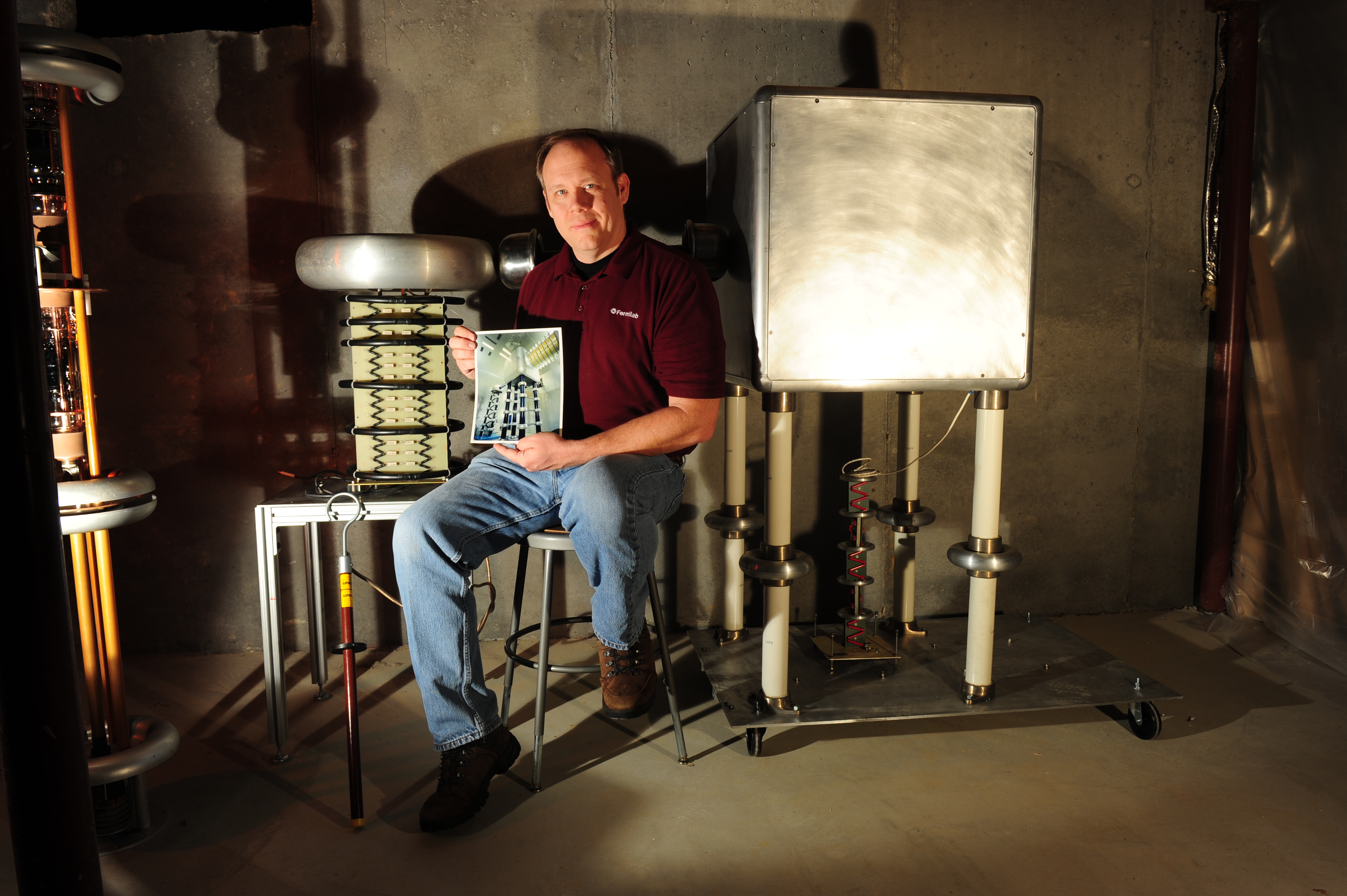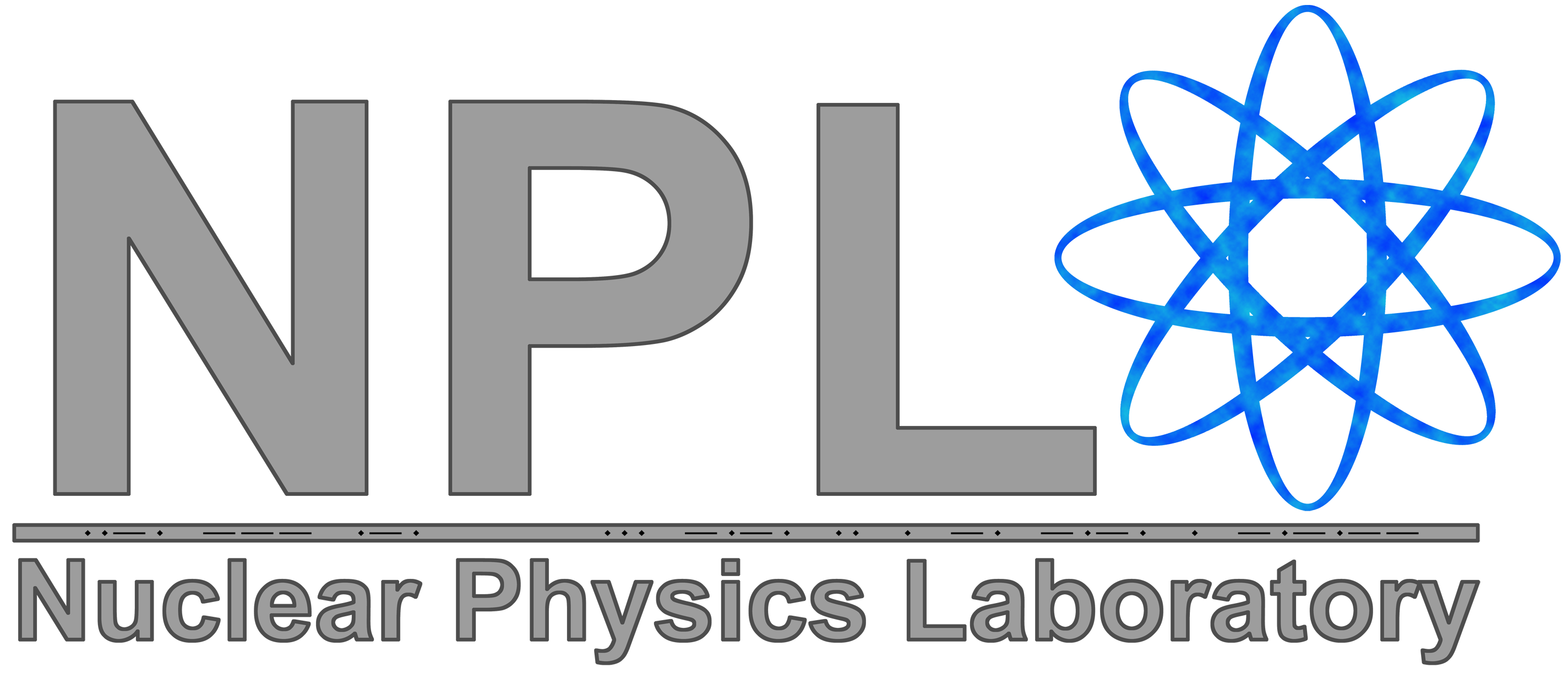DC Potential Drop
Author: Jay, Jimbo, Luke, Scott & Tim
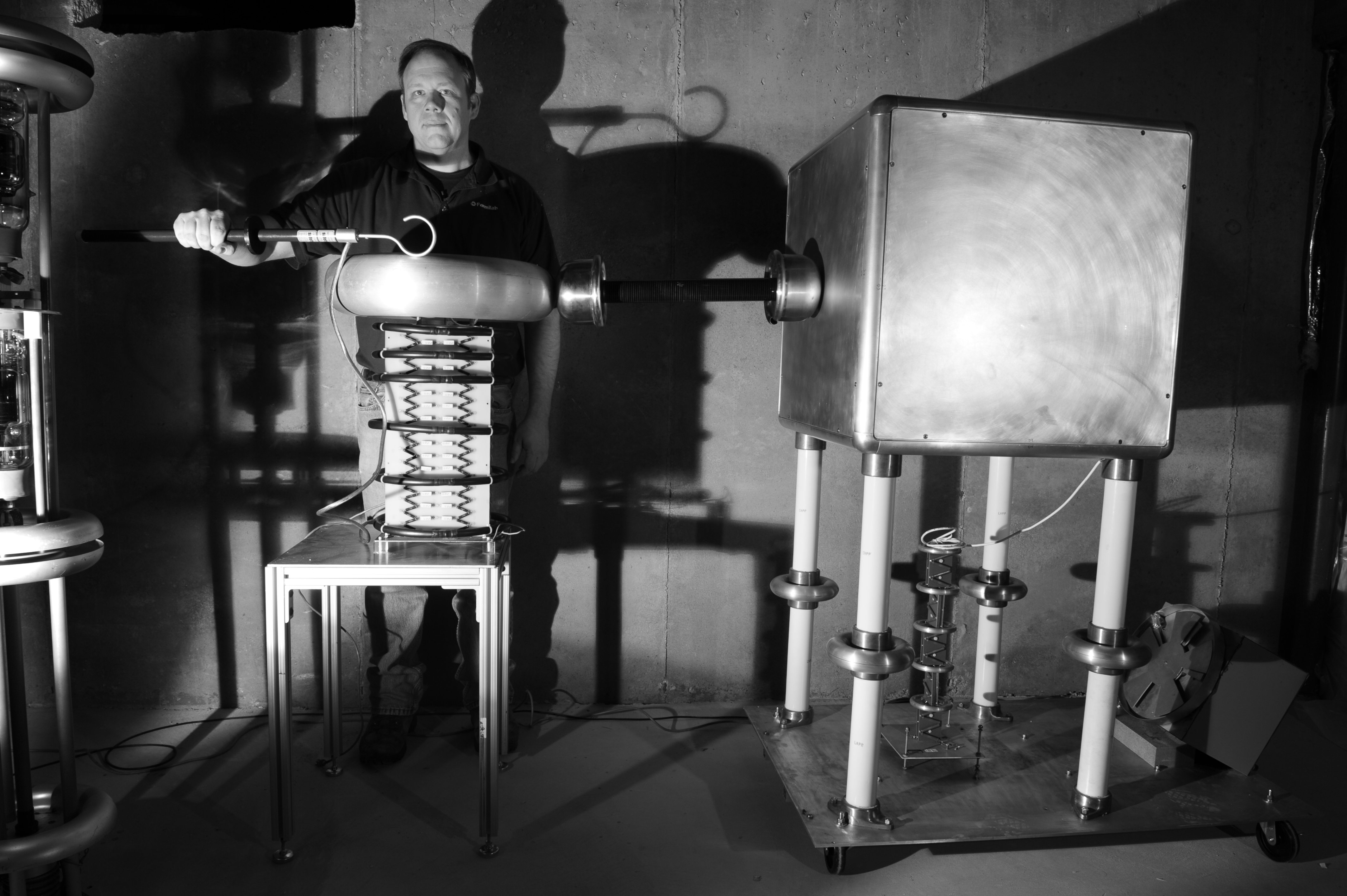
In what is perhaps our most Frankenstein-looking contraption, we are aiming to make a DC-potential drop ion accelerator from a mixture of surplussed machines. The high voltage is produced by a 1980’s vintage open-air Glassman High Voltage Cockcroft-Walton stack. The C-W stack’s HV terminal is connected to the Ion Source’s dome by a 10MOhm current limiting resistor. The dome then will sit at a very high positive potential, with floating deck inside for the ion source. The dome frame was originally part of an ion implanter, but rectangular. A friend machined the frame and some new aluminum panels to make the dome a cube. Jay provided the nice standoffs legs for the dome, and finally the actual accelerating column has come from another type of ion implater. Together, with some more hardware, will will have built a small C-W based DC Potential accelerator.
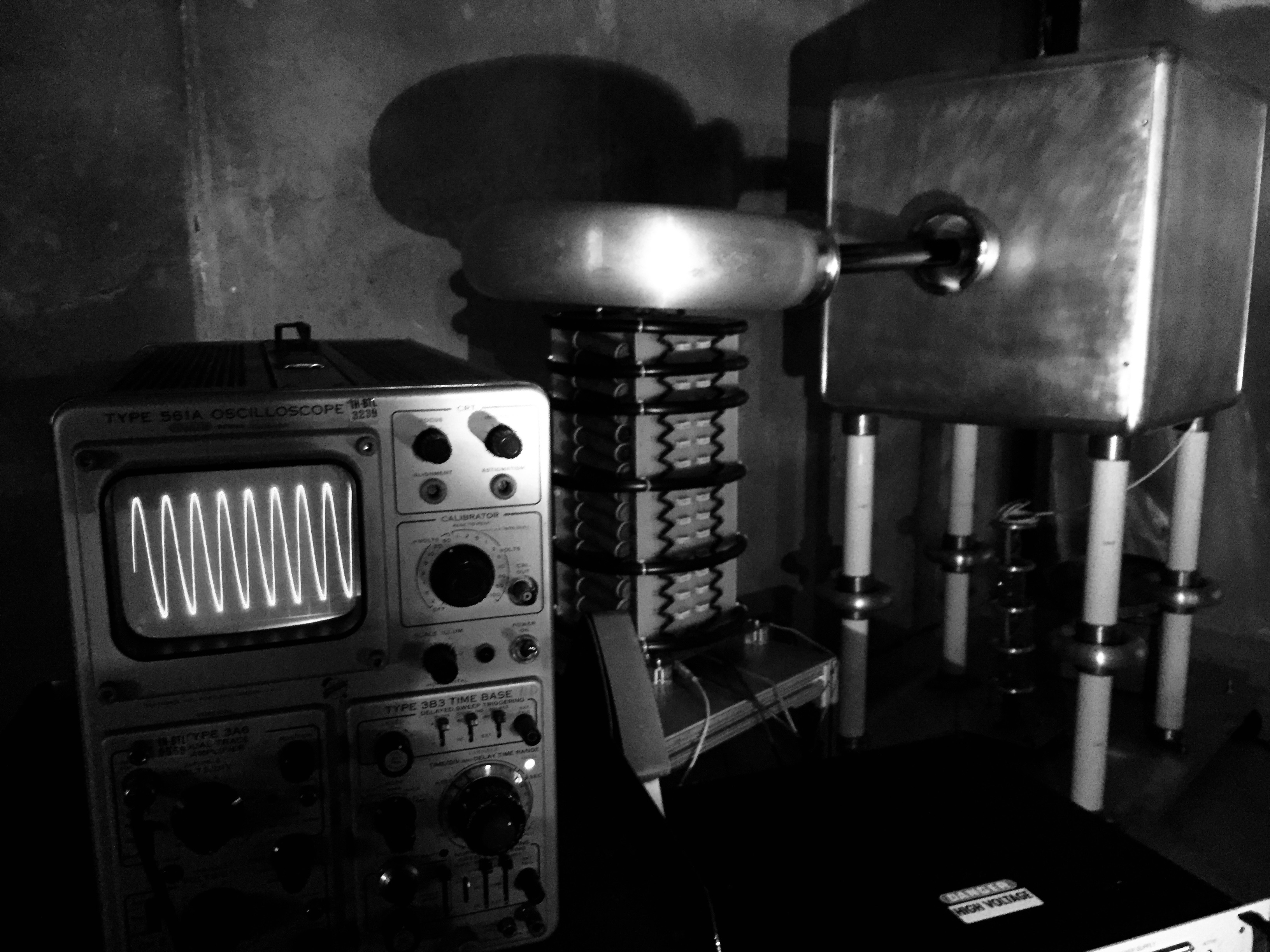
HV measurements are not easy at 150kV, so a generating voltmeter (GVM) or Field Mill was used to measure the terminal voltage (at least the presence of voltage). The induced signal is displayed on the oscilloscope above, the the field mill can be seen behind the C-W stack in the photo below.
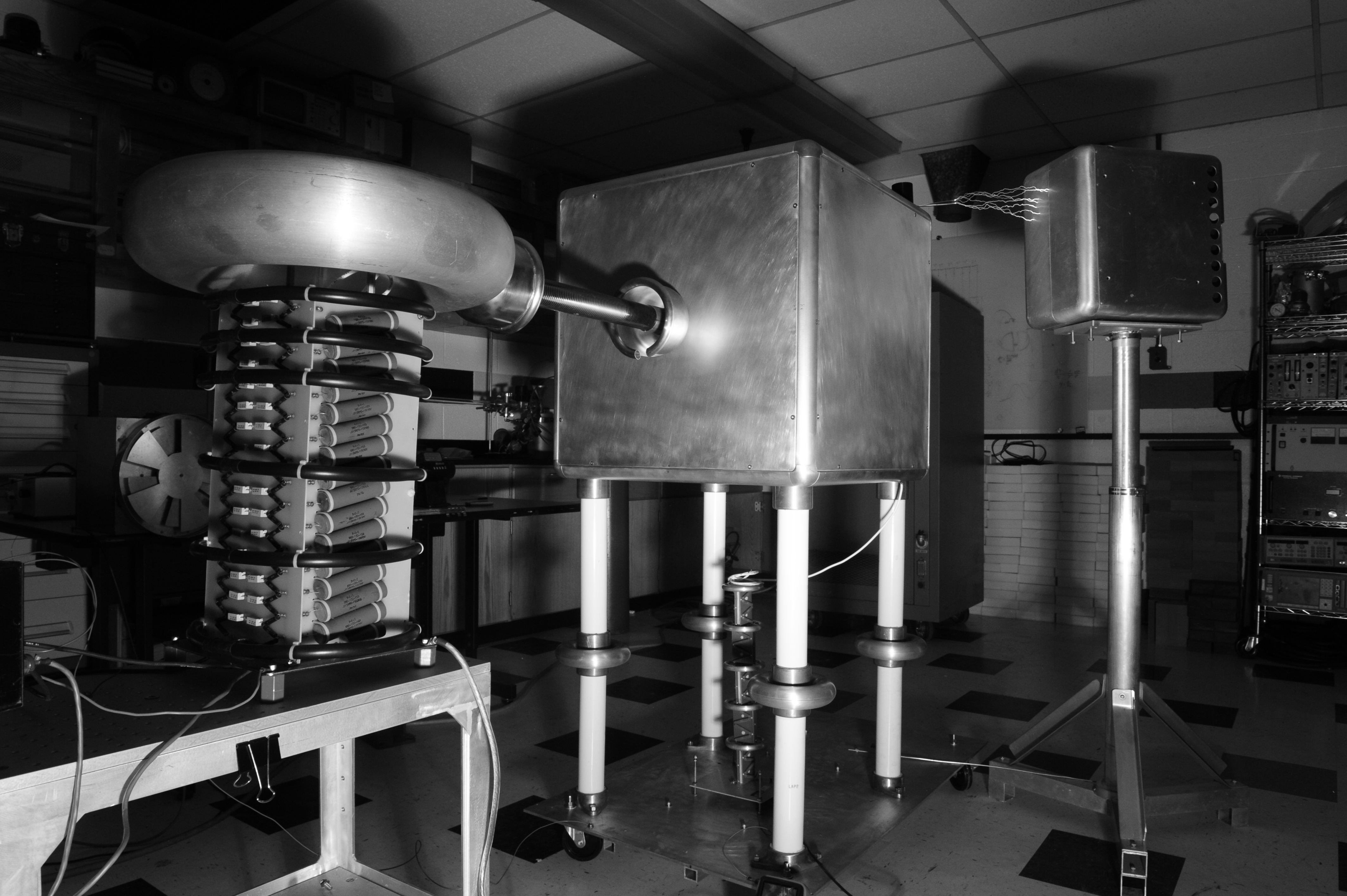
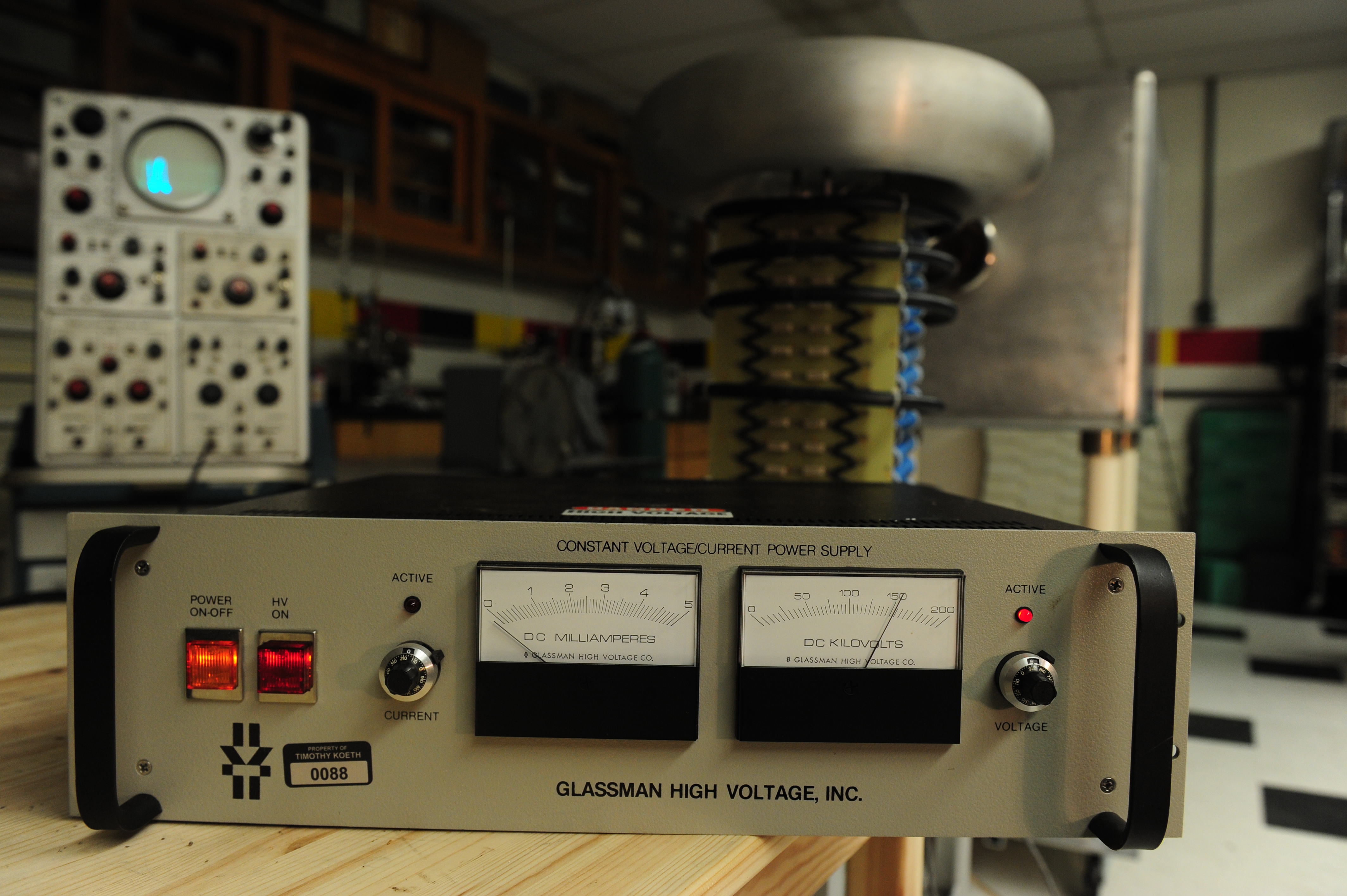
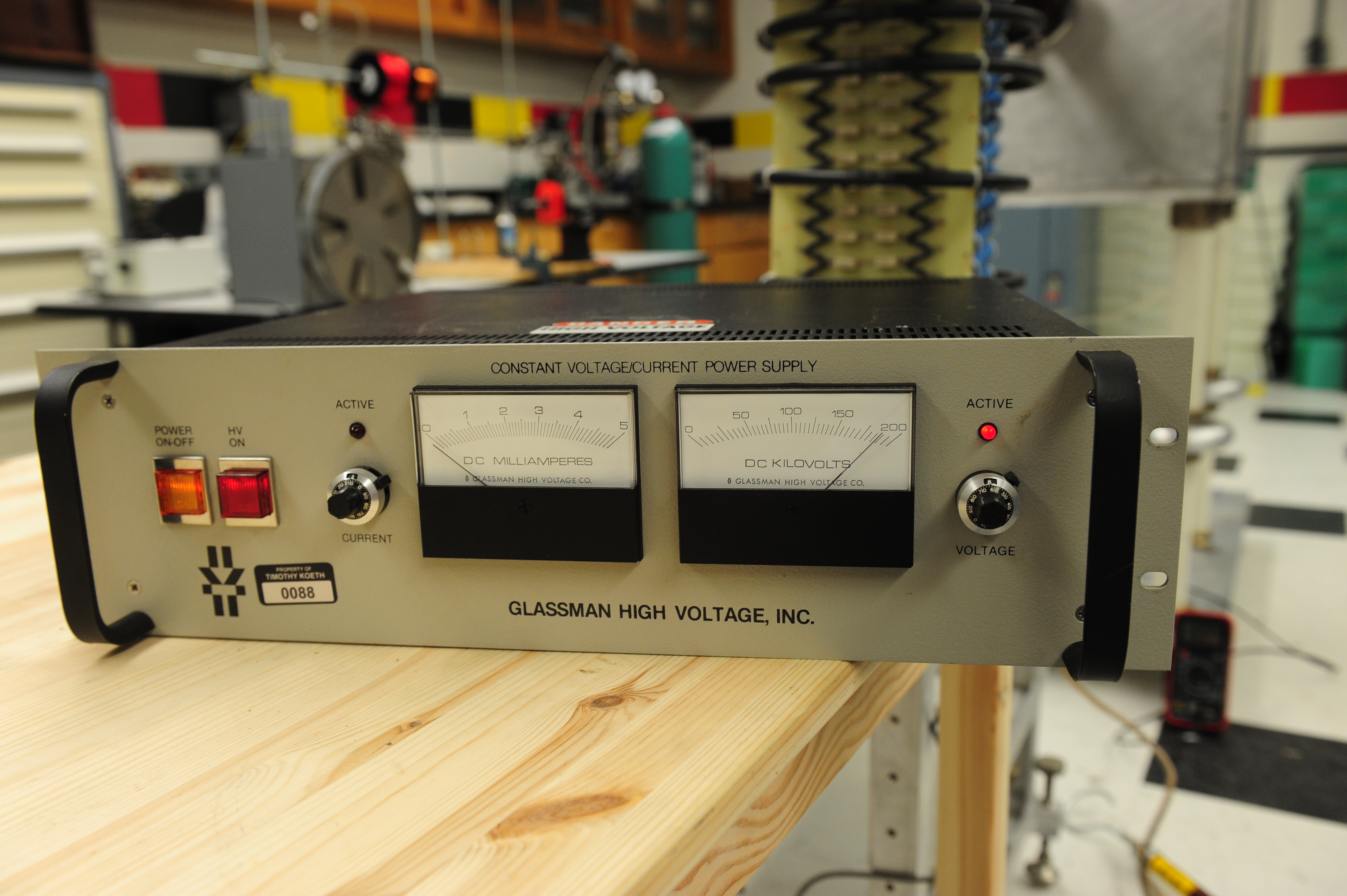
Pushing the Glassman supply to it’s limits, the dome is able to achieve 150 kV, as displayed below through a 200kVmax voltage divider.
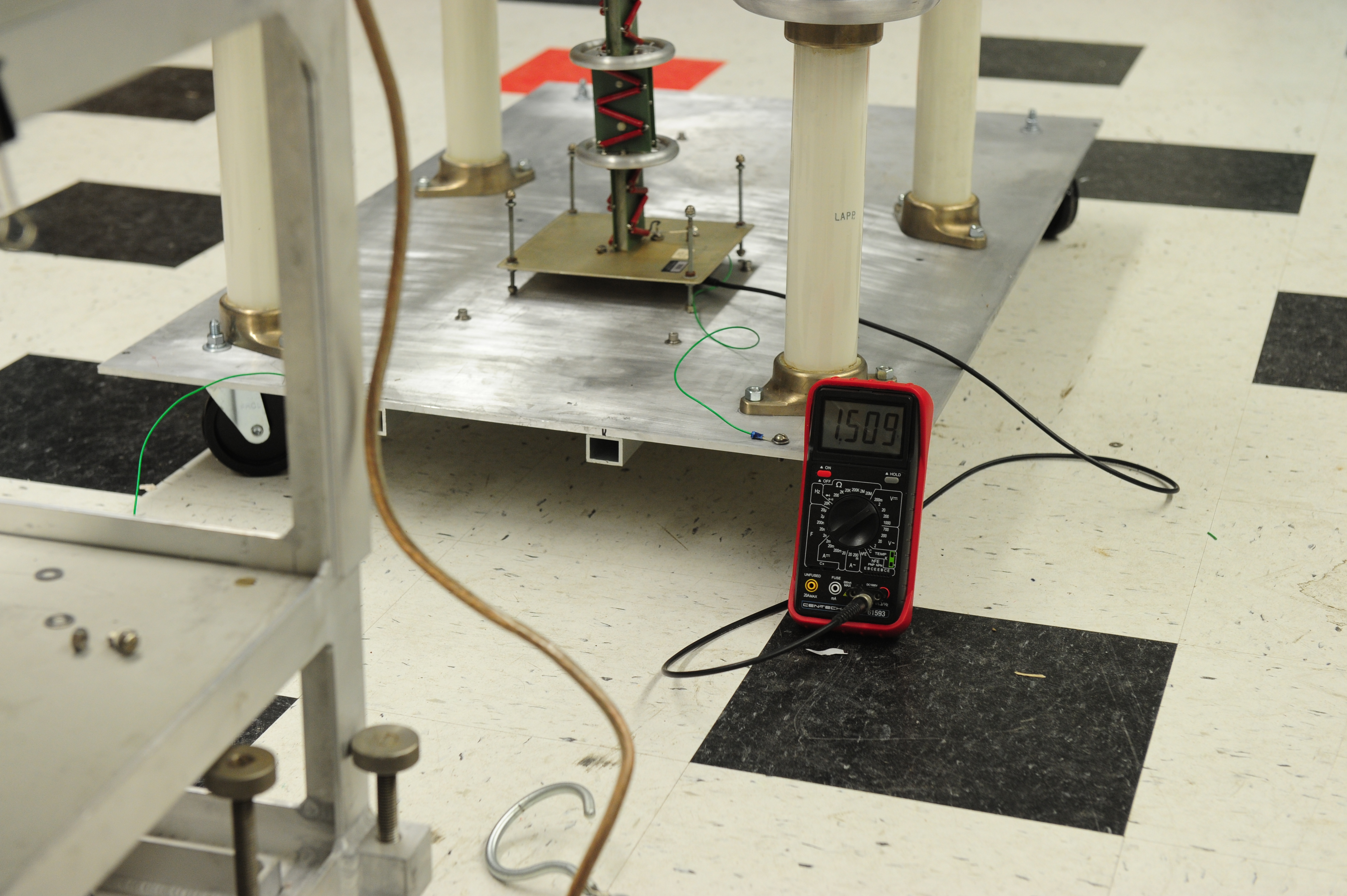
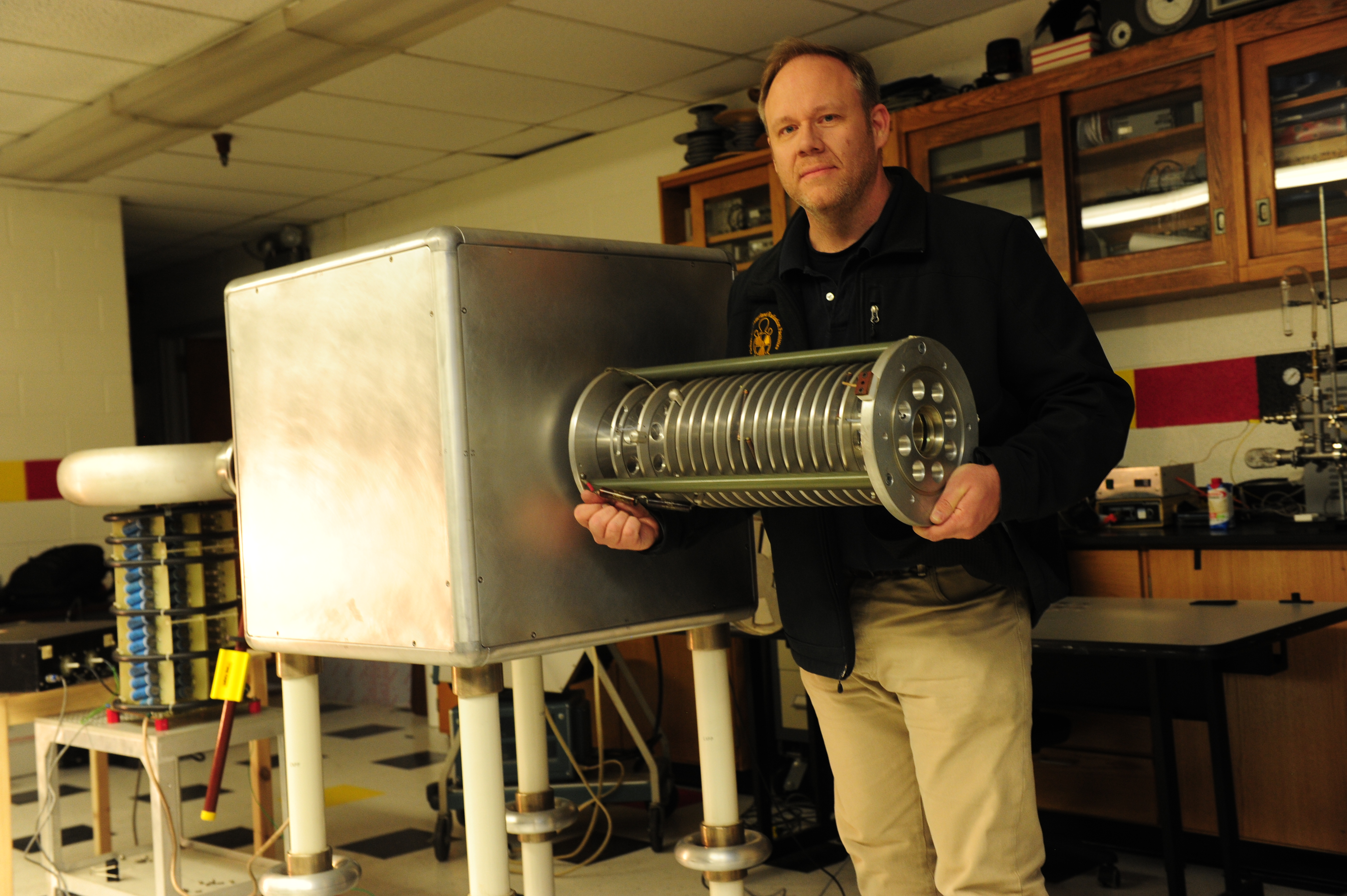
Now that we have the HV system all set, we need to attach the accelerating column. This column is of an ingenious built consisting of glass rings, Viton o-rings, and baffled aluminum plates. The spacing accounts for transverse focusing during the accelerating process for light ions.
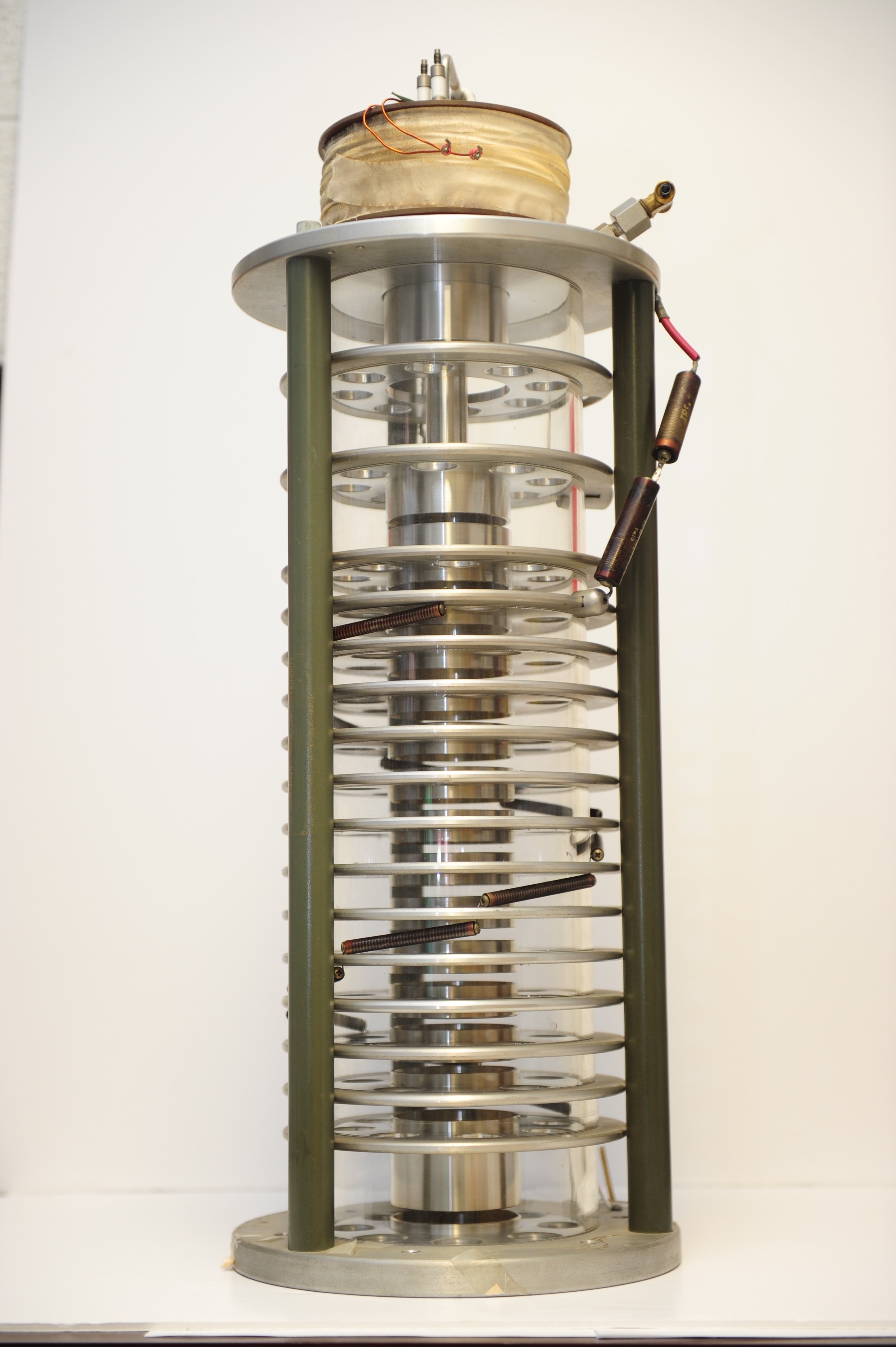
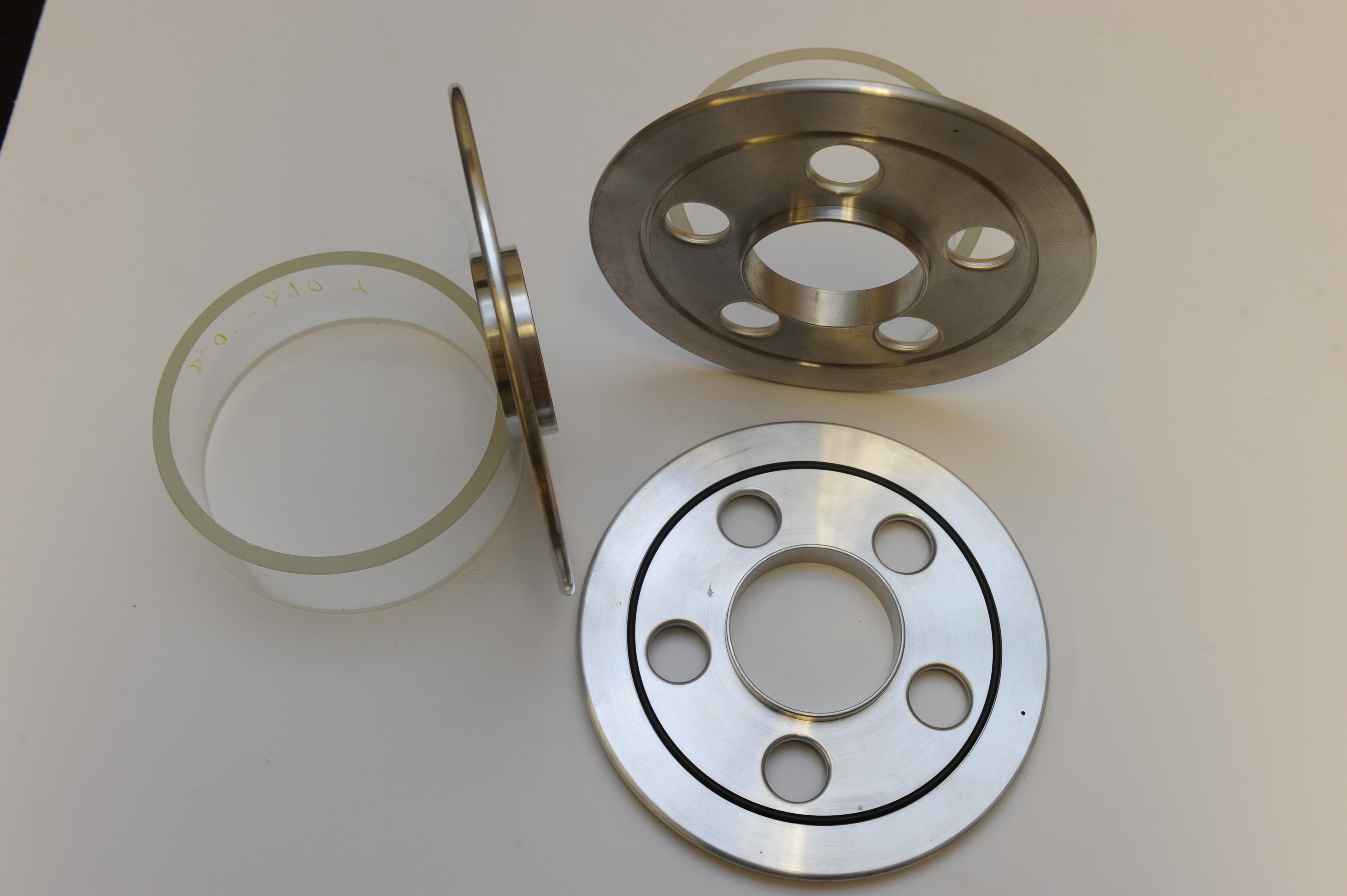
The actual ion source hardware is perhaps the most complex aspect of the system. It is a magnetic field enhanced DC discharge plasma based ion source.
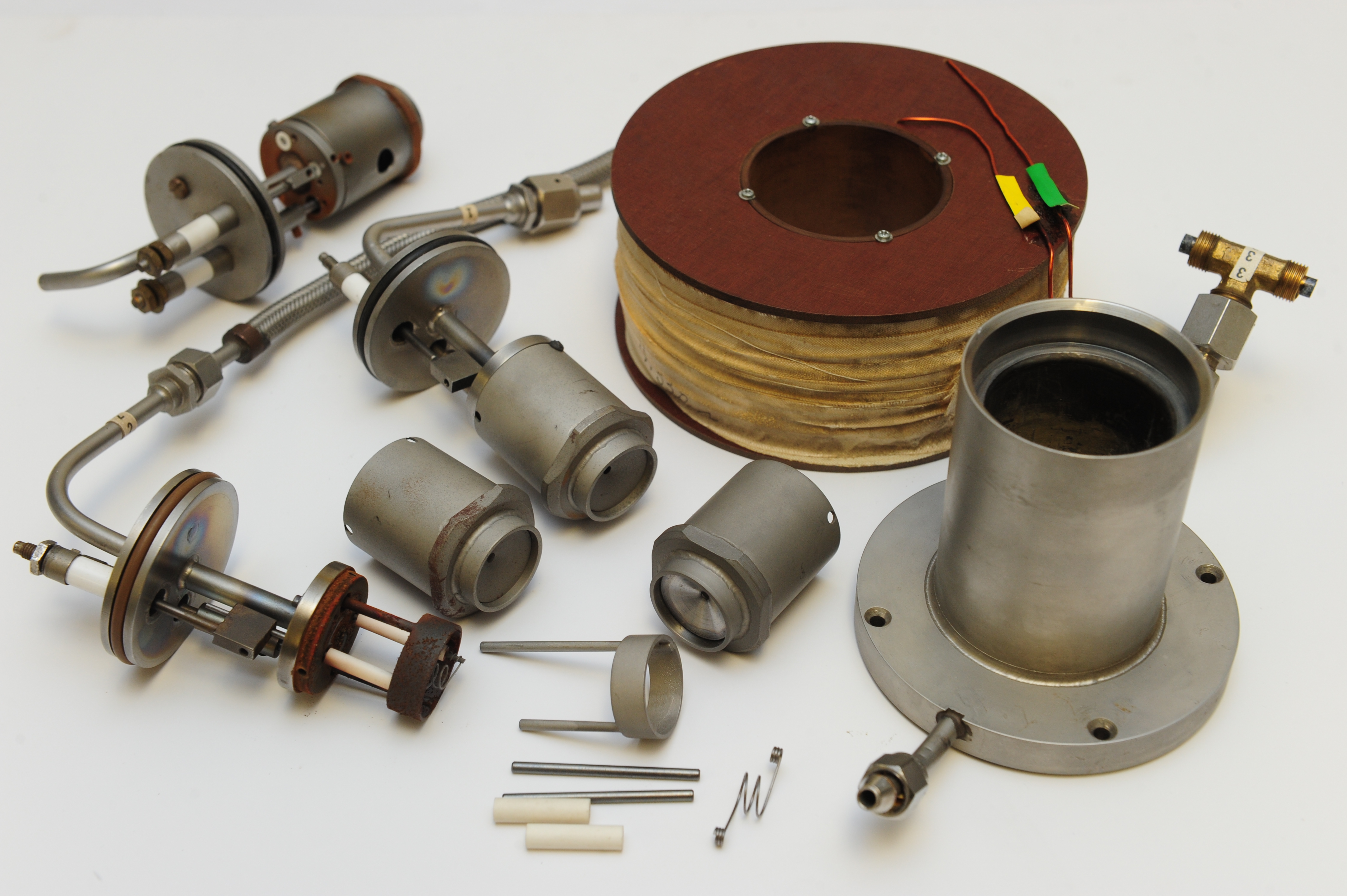
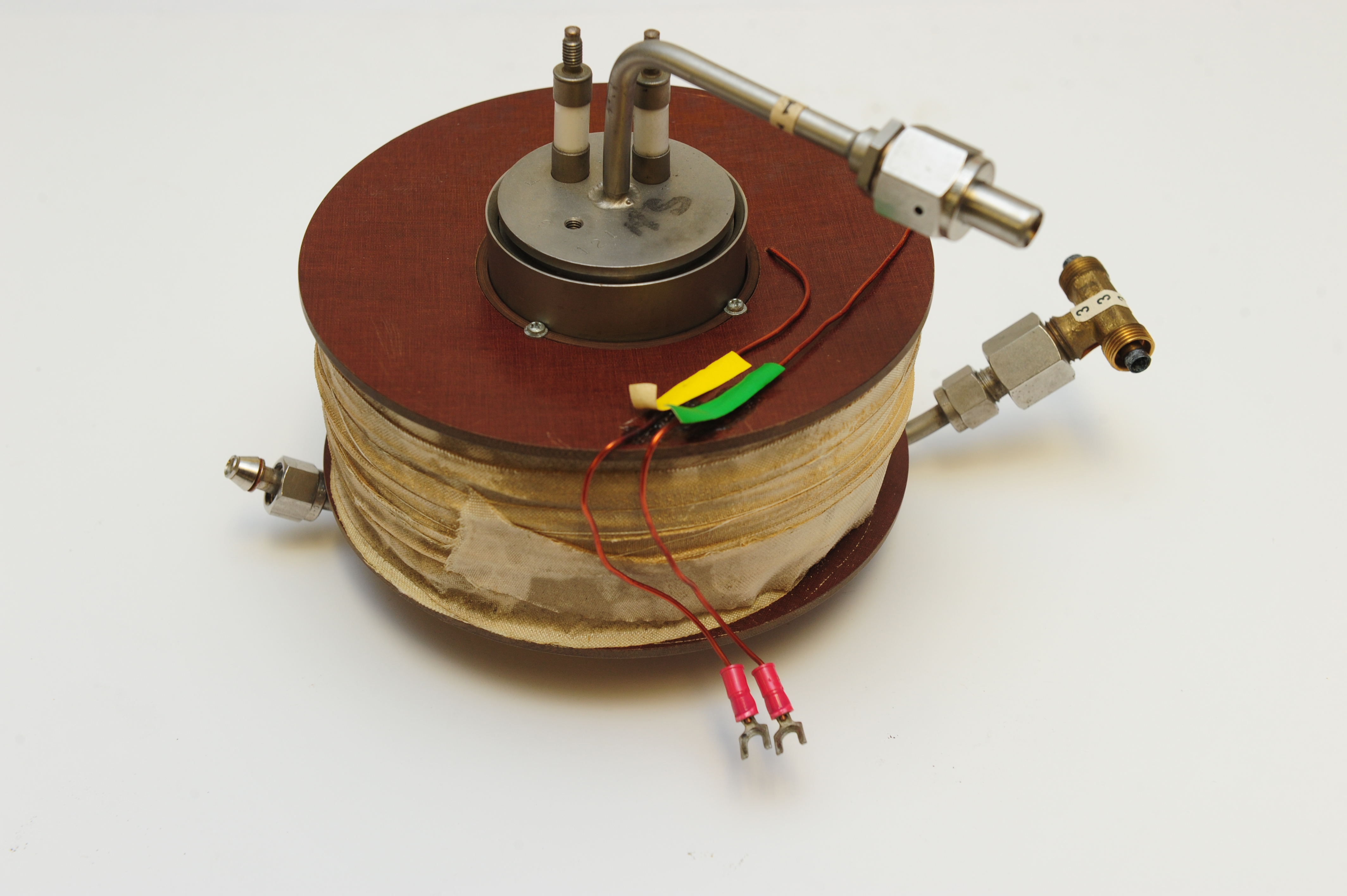
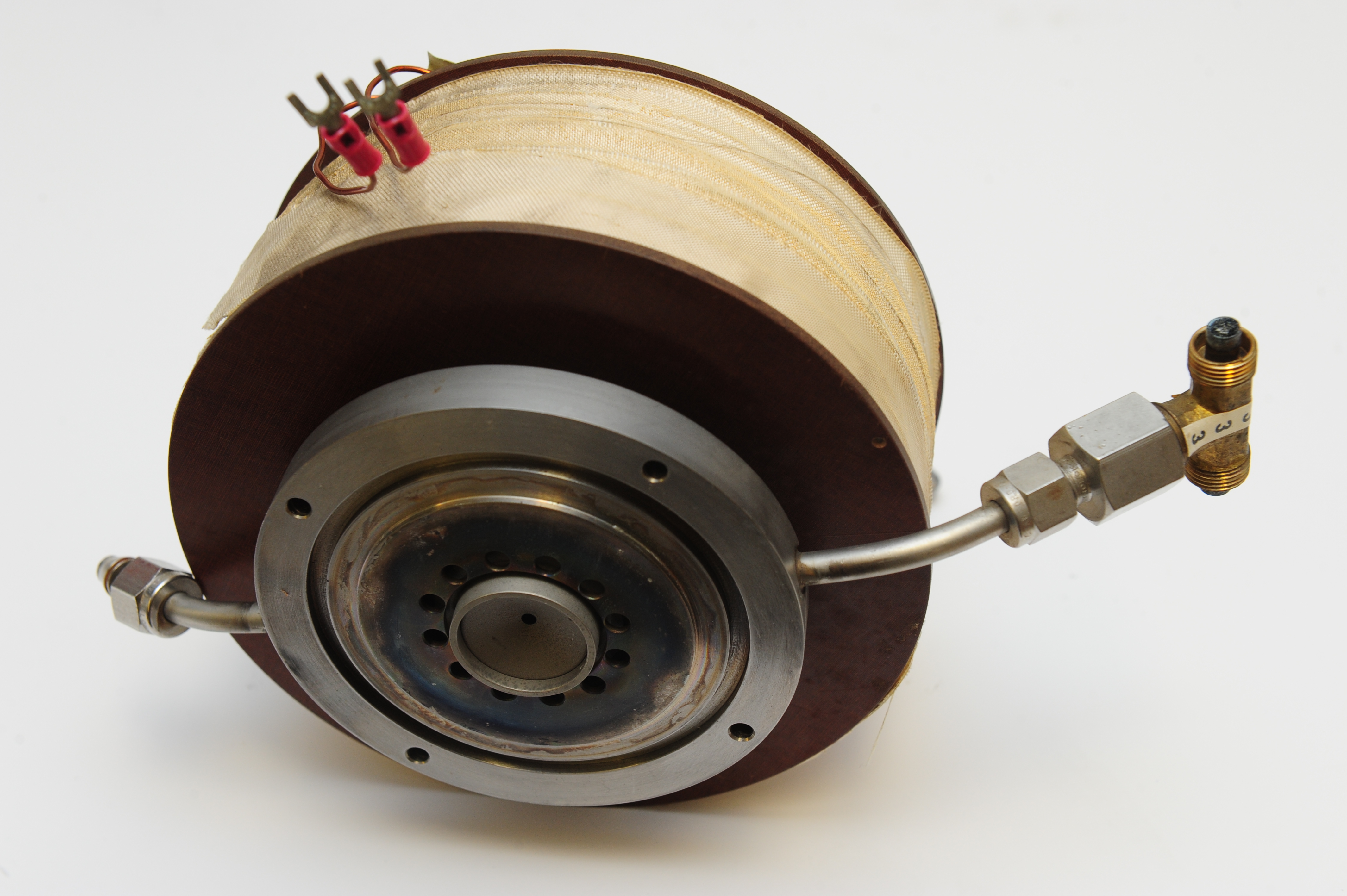
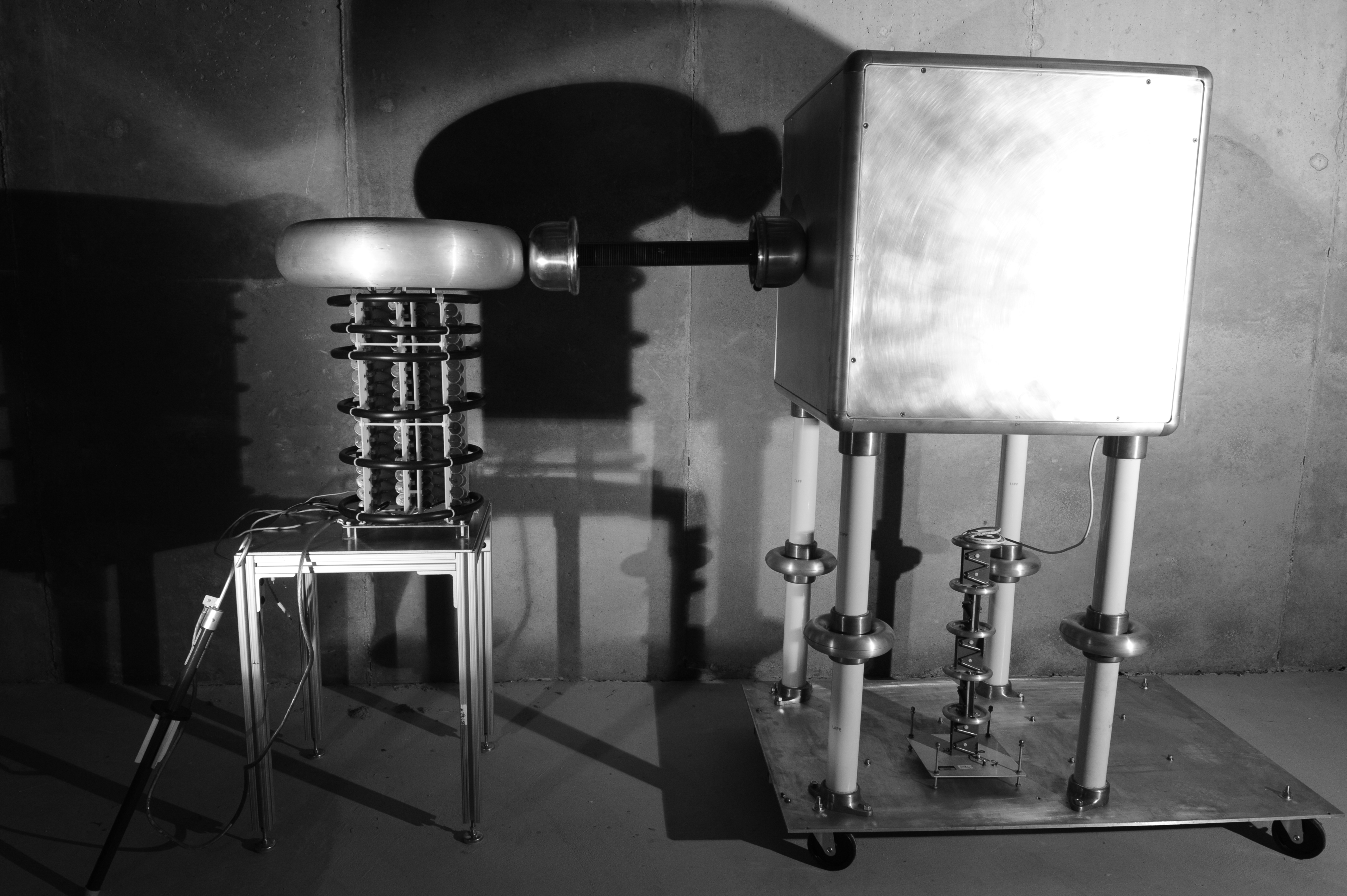
We’ve all be in awe of the large Haefley 750kV C-W stacks at Fermi National Accelerator Lab, and it is clearly the inspiration for our baby 150kV version.
